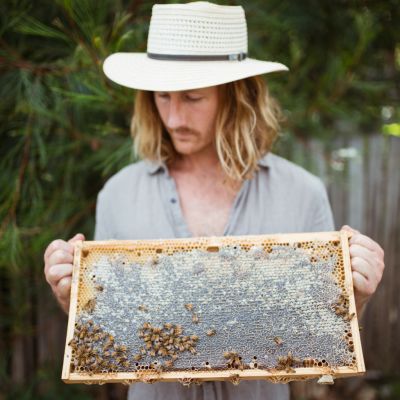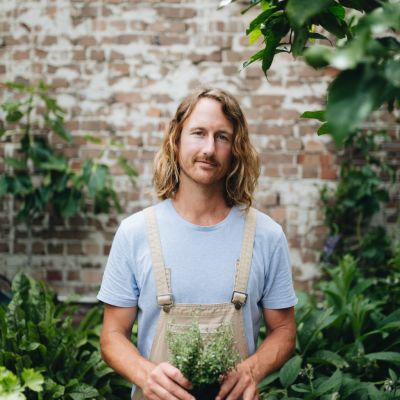The essential items every home gardener needs to have on hand
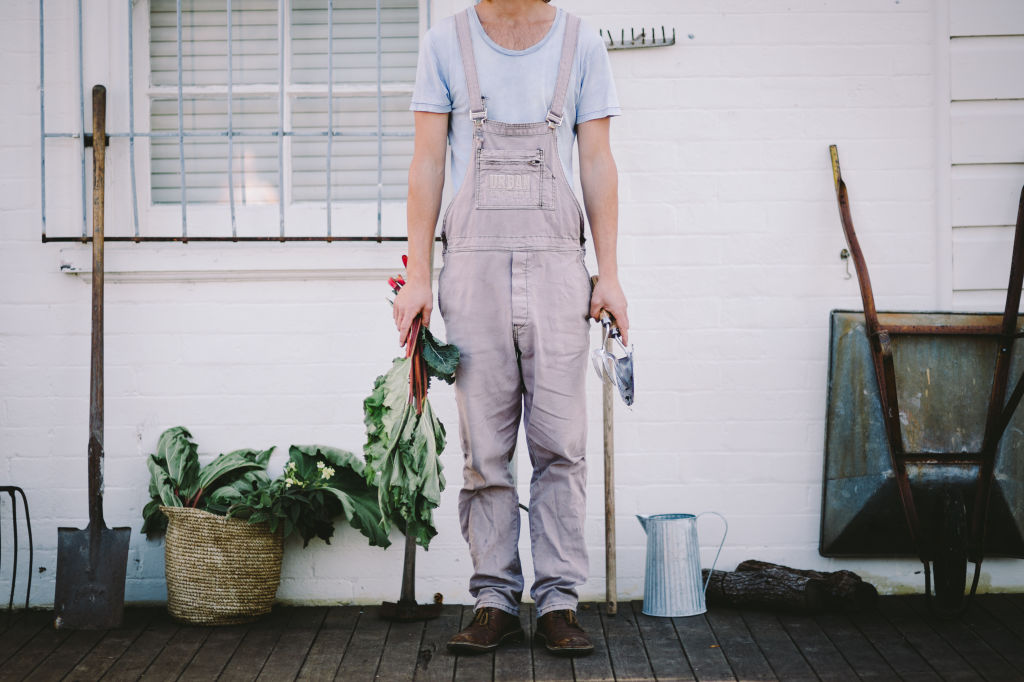
If you’re thinking that growing food might become a bit of a long-term love interest, the products you have on hand will come to make a huge difference to your harvests.
Here is a list of our favourite products that we always have in the shed.
Bagged soil mixes
As I always say, a garden is only as healthy as its soil. Plants require adequate drainage but at the same time optimum water and nutrient-holding capacity. You can buy compost and potting mixes in bags, but they need to have the Australian tick of approval as being a standard (black and white tick) or premium (red and white tick) product. Cheap bags with no ticks will look like sawdust and will likely float on water. I pay the extra and buy a premium as it always pays off in the long run.
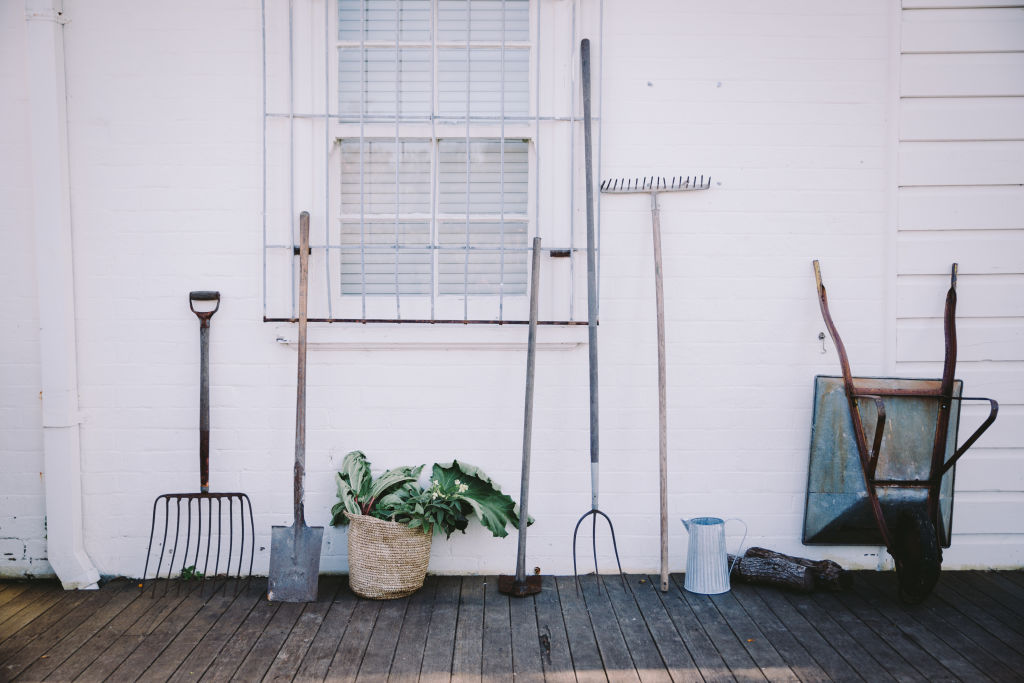
Planting calendar
Get the timing right of your edibles and you’re going to see a good harvest. Planting too early or late in the season won’t give your plants time to develop fruit and vegetables. Find your climate and follow the planting guide for the species you want to grow.
Dipel
There’s only one other creature in the world that loves edible gardens as much as me, and that’s my friend the caterpillar. Dipel is an organic product that will keep these guys off your freshly sprouted greens. It is an insecticide derived from beneficial bacteria found in soil, on plant surfaces and also in insects and specifically targets caterpillars. Thankfully, though, being organic it’s safe for beneficial insects such as ladybirds and bees. Win, win.
Slow-release veggie fertiliser
There are many different fertilisers that will work well for edible gardens, but my favourite is the Troforte Vegetable and Herb. This slow release mix contains minerals, beneficial microbes, bacteria and fungi specifically chosen to enhance vegetable taste and produce bigger yields. Simply put, this fertiliser will ensure better soil quality which means stronger plants and enhanced protection from pests and diseases.
Seeds
I’m buying mine now from various online suppliers, and I’ll grab seedlings from the local nursery when they arrive fresh in spring. Once I have the seeds, I can start to propagate some of them indoors ready to plant in spring. Others will be planted from seed directly into the garden bed.
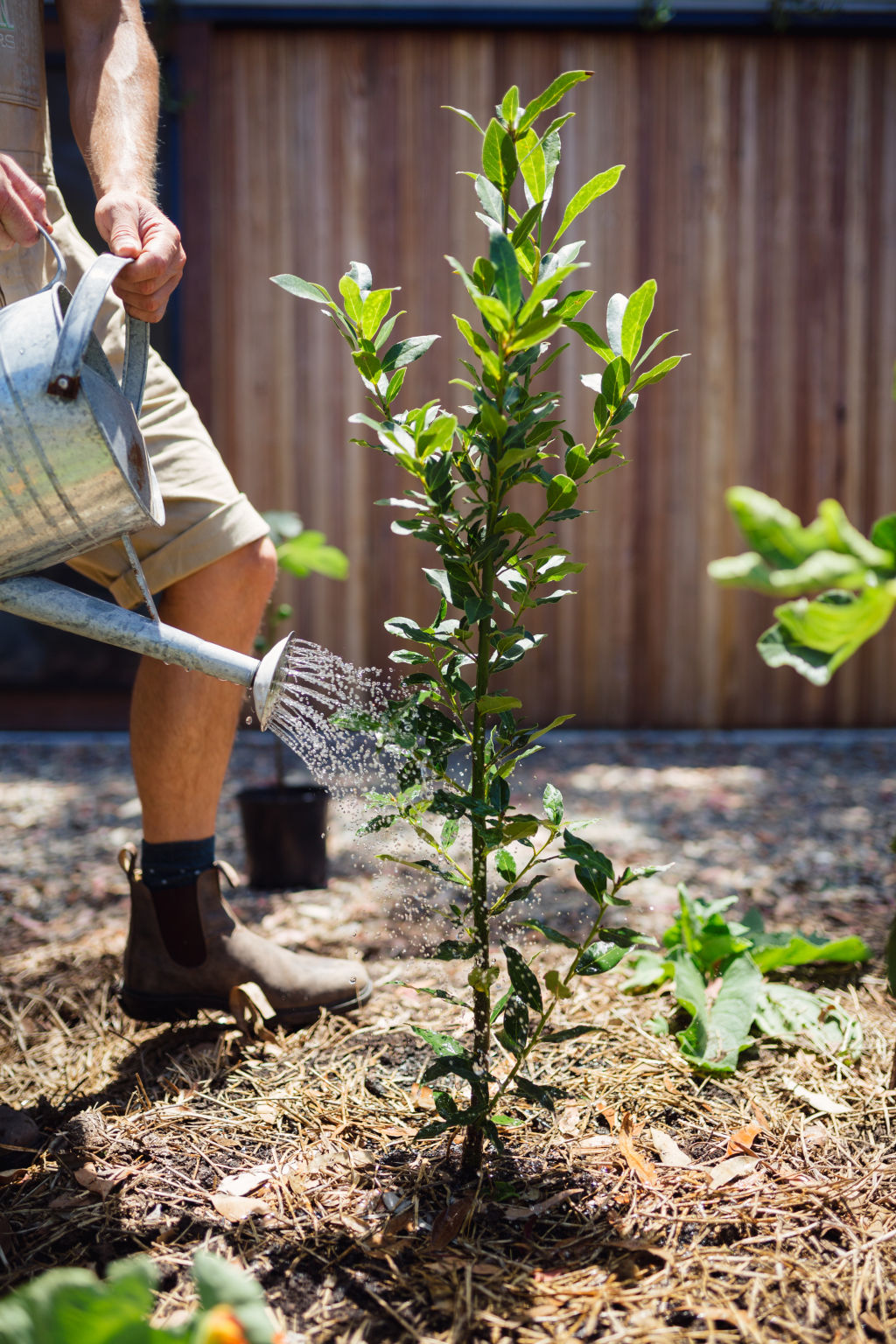
Compost or worm farm
Everyone has green waste or kitchen waste or both. This can be turned into a rich soil conditioner for pots, raised beds or for around the base of fruit trees. Liquid from your worm farms is an excellent soil improver and tonic for your new plants, too. The tumbler version of a compost bin is fast and rodent-proof while any worm farm style is adequate. Kids will enjoy the process, so encourage them to care for and feed the worms.
pH kit
Basically soil should be around neutral for most of your edible plants, but some do prefer more acid or more alkaline soils. Checking and correcting soil pH is going to ensure optimum growth of your plants. Adding organic matter such as compost and worm castings can also bring soil into a more neutral range.
Watering can & small pump sprayer
It’s a given that the hose won’t reach everywhere and you’ll need to mix your seaweed solution, liquid fertiliser, or worm juice in here to apply to plants. The pump spray can also be used for spraying pests with eco oil and Dipel, for example. Rinse after use and use to mist your beloved indoor plants as well.
Finally, and most importantly, an Australian gardening book is well worth the price as it will really give you excellent advice on climate, soils and plant information.
Slow Down and Grow Something: The Urban Grower’s Recipe for the Good Life, by Byron Smith with Tess Robinson, Murdoch Books.
We recommend
We thought you might like
States
Capital Cities
Capital Cities - Rentals
Popular Areas
Allhomes
More

